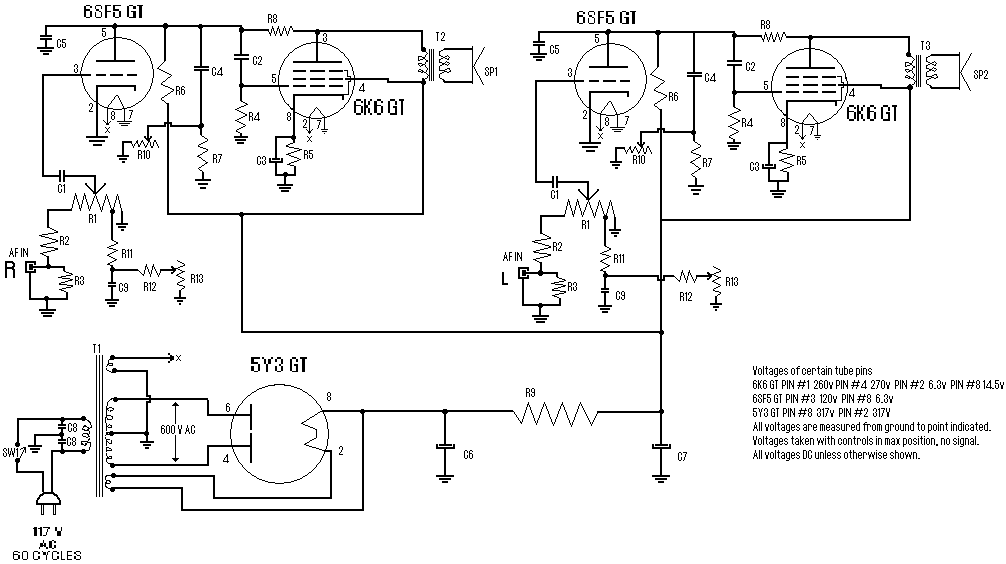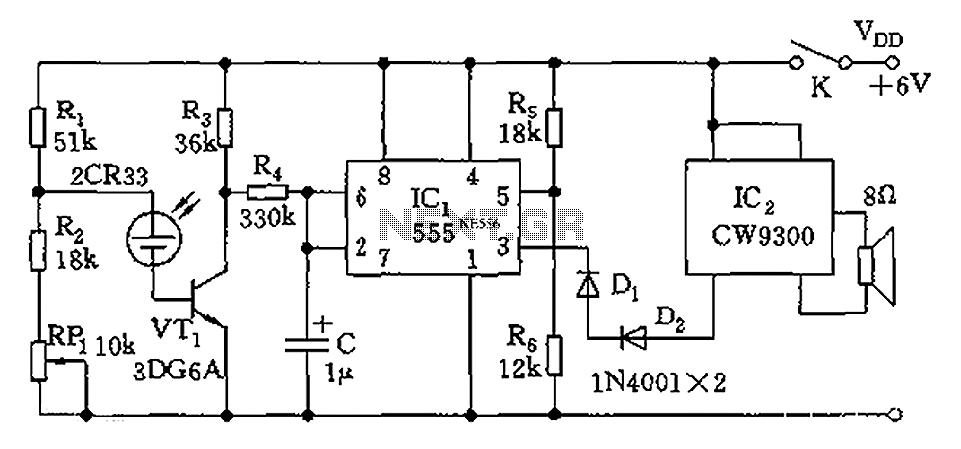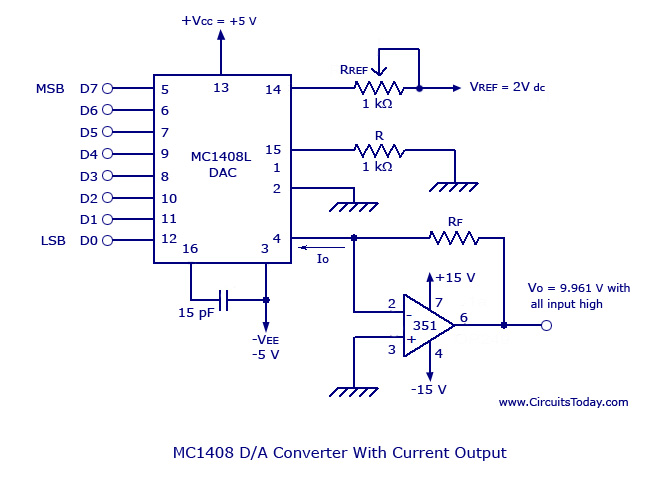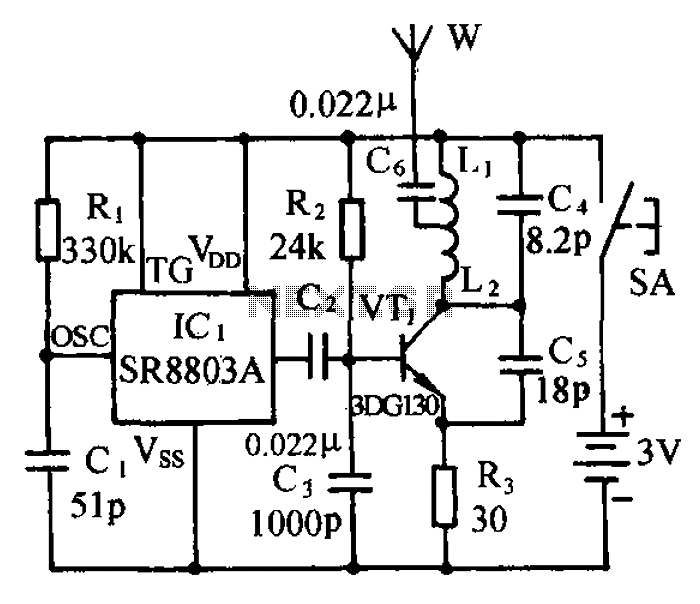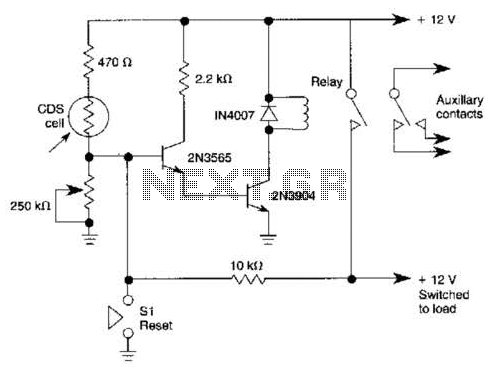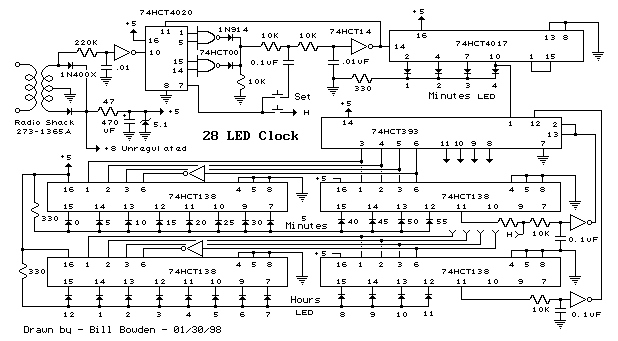
XTR110 circuit diagram using an external PNP transistor
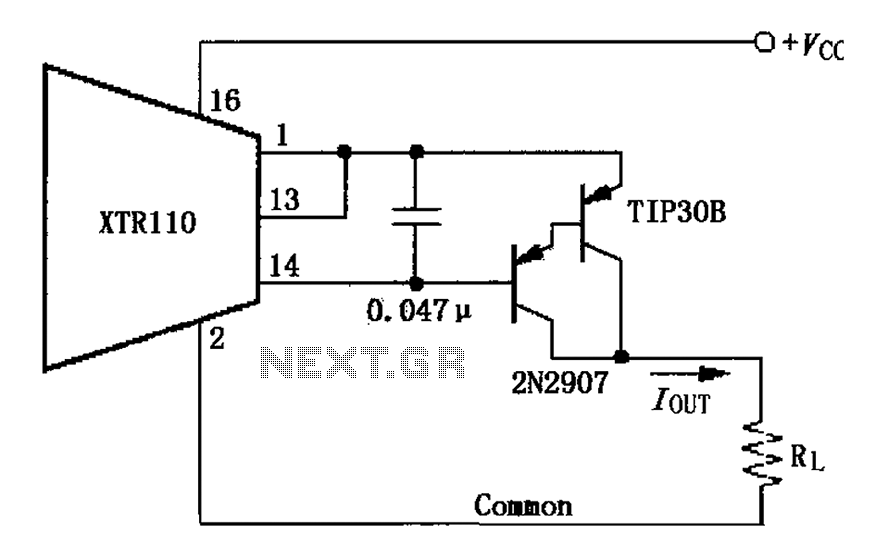
The circuit consists of two discrete PNP Darlington transistors that form the external PNP transistor QEXT circuit to enhance output current. The use of integrated Darlington transistors is not recommended, as the internal base-emitter resistor can introduce additional errors. The power of the triode is dependent on the supply voltage and the full-scale output current, PMAX VCCIOUT.
The described circuit employs two discrete PNP Darlington transistors to create a robust output stage capable of delivering high current levels. The configuration of the transistors as a Darlington pair allows for a significant increase in current gain, making it suitable for applications requiring substantial output current without compromising signal integrity.
In this arrangement, the first transistor serves to amplify the input signal, while the second transistor further amplifies the current, resulting in a high output current capability. The choice of discrete transistors over integrated solutions is critical; integrated Darlington transistors often have internal base-emitter resistors that can lead to inaccuracies in the output due to variations in thermal characteristics and manufacturing tolerances. By using discrete components, the designer can better control these parameters, ensuring more reliable performance.
The circuit's power handling capability is influenced by the supply voltage (VCC) and the maximum output current (IOUT) specified for the application. The maximum power dissipation (PMAX) of the transistors must be carefully calculated to prevent thermal overload, and appropriate heat sinking may be required to maintain operational stability. The overall design must also consider the input and output impedance, ensuring compatibility with the preceding and following stages in the circuit.
In summary, the outlined circuit leverages the advantages of discrete PNP Darlington transistors to achieve high output current while mitigating the drawbacks associated with integrated solutions. Proper attention to component selection and thermal management is essential for optimal performance in demanding electronic applications. As shown, the circuit consisting of two discrete PNP Darlington transistors constituting the external PNP transistor QEXT circuit to expand output current. Here we do not advoc ate the use of integrated Darlington, Darlington because integrated inside the base - emitter resistor will cause additional errors. Triode power depends on the supply voltage and the full-scale output current, PMAX VCCIOUT
The described circuit employs two discrete PNP Darlington transistors to create a robust output stage capable of delivering high current levels. The configuration of the transistors as a Darlington pair allows for a significant increase in current gain, making it suitable for applications requiring substantial output current without compromising signal integrity.
In this arrangement, the first transistor serves to amplify the input signal, while the second transistor further amplifies the current, resulting in a high output current capability. The choice of discrete transistors over integrated solutions is critical; integrated Darlington transistors often have internal base-emitter resistors that can lead to inaccuracies in the output due to variations in thermal characteristics and manufacturing tolerances. By using discrete components, the designer can better control these parameters, ensuring more reliable performance.
The circuit's power handling capability is influenced by the supply voltage (VCC) and the maximum output current (IOUT) specified for the application. The maximum power dissipation (PMAX) of the transistors must be carefully calculated to prevent thermal overload, and appropriate heat sinking may be required to maintain operational stability. The overall design must also consider the input and output impedance, ensuring compatibility with the preceding and following stages in the circuit.
In summary, the outlined circuit leverages the advantages of discrete PNP Darlington transistors to achieve high output current while mitigating the drawbacks associated with integrated solutions. Proper attention to component selection and thermal management is essential for optimal performance in demanding electronic applications. As shown, the circuit consisting of two discrete PNP Darlington transistors constituting the external PNP transistor QEXT circuit to expand output current. Here we do not advoc ate the use of integrated Darlington, Darlington because integrated inside the base - emitter resistor will cause additional errors. Triode power depends on the supply voltage and the full-scale output current, PMAX VCCIOUT
